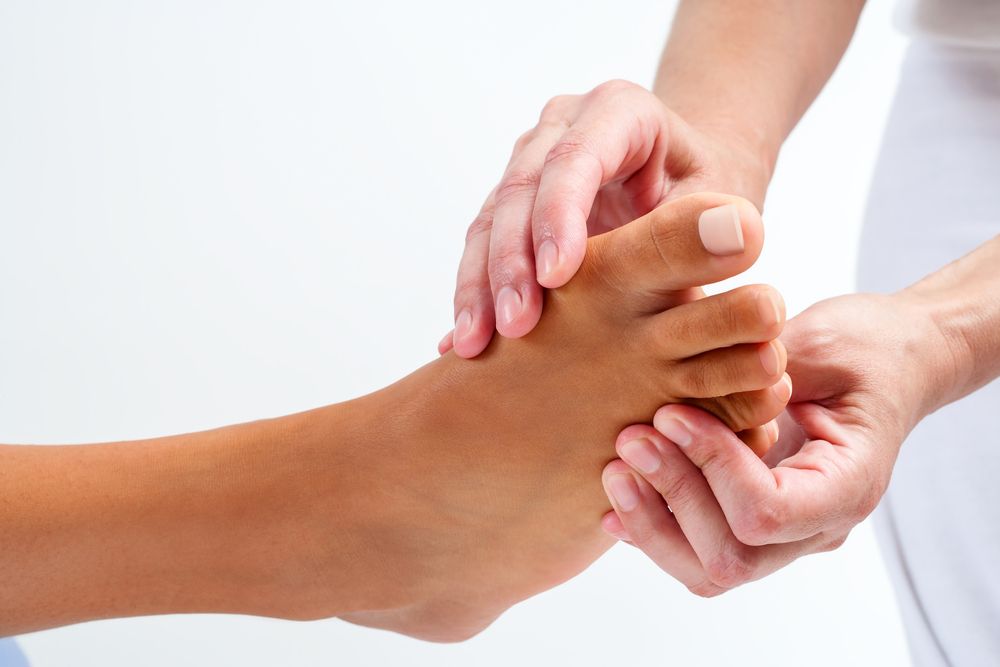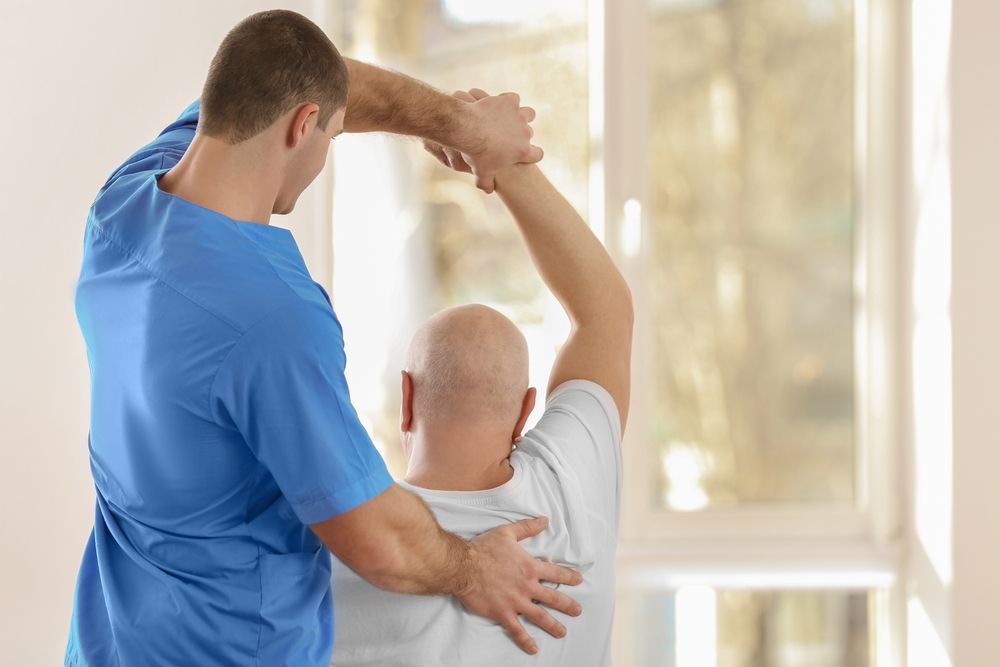Osteopath in Nerang
Osteopathy Approaches for Movement & Balance
If you’re looking for an osteopath in Nerang, Back Care Gold Coast provides osteopathy services focused on supporting movement, posture, and overall well-being. We take a hands-on approach, exploring the connections between joint mobility, muscle function, and postural balance to complement the body’s natural processes.
Osteopathy can be beneficial for individuals experiencing postural strain, stiffness, or mobility restrictions. Everyday activities, such as prolonged sitting, repetitive movements, or physical work, may influence how the body moves and feels.
Our team applies gentle adjustments, joint mobilisation, and soft tissue techniques designed to assist with mobility and encourage flexibility. We explore movement patterns and alignment to determine suitable methods intended to support daily function and overall balance.
These techniques are applied with care, aiming to support joint coordination and contribute to general comfort. Through non-diagnostic assessments, our team provides information and guidance focused on maintaining mobility and everyday movement.
To learn more, call +64 488 973 981. We also provide chiropractic services.
Learn More About Our Services
Frequently Asked Questions
What does an osteopath do?
An osteopath focuses on the relationship between the body’s muscles, joints and nervous system to improve movement and relieve tension.
Using hands-on techniques such as joint mobilisation, soft tissue manipulation and gentle adjustments, an osteopath's goal is to enhance flexibility, circulation and postural balance. People seek osteopathy for a variety of concerns, including stiffness, muscle tension, joint pain and restricted mobility. Osteopaths assess movement patterns, identify areas of dysfunction and apply targeted techniques in an aim to restore balance.
They may also provide postural guidance, movement strategies and lifestyle recommendations to support long-term musculoskeletal health.
What conditions can osteopathy help with?
Osteopathy is commonly used to address musculoskeletal issues, including back and neck pain, joint stiffness, headaches and postural imbalances. It can also be beneficial for individuals recovering from injuries, prolonged sitting or repetitive strain.
By improving mobility and reducing tension, osteopathy may support more efficient movement. The body functions as a connected system, meaning tension in one area can impact overall movement. Osteopathy takes a holistic approach, considering how different structures interact.
How does osteopathy differ from chiropractic care?
Osteopathy and chiropractic care both focus on spinal and musculoskeletal health, but they use different techniques. Osteopaths take a whole-body approach, working with muscles, joints and soft tissues to restore function. Treatments may involve gentle stretching, joint mobilisation and hands-on muscle release.
Chiropractic care typically focuses more on spinal alignment and nervous system function, using precise adjustments to restore movement and relieve tension. While both approaches aim to improve mobility and reduce discomfort, osteopathy places greater emphasis on soft tissue techniques and body-wide movement patterns.
Supporting Balance with Hands-On Osteopathy
We use osteopathic techniques designed to support movement, assist with postural comfort, and encourage overall mobility. By exploring how muscle imbalances, joint stiffness, and mobility patterns relate, our approach focuses on complementing the body’s natural processes and encouraging balanced movement.
Each session explores general movement patterns, posture, and alignment. Techniques such as soft tissue methods, joint mobilisation, and gentle adjustments are applied with care to support comfortable movement and flexibility. Our approach considers how different body structures interact, aiming to encourage balanced movement patterns without suggesting specific outcomes.
Osteopathy is often sought by individuals looking for approaches that support mobility and general comfort, especially when daily activities, past injuries, or prolonged postural habits affect movement. These techniques focus on encouraging movement practices that complement everyday activities while promoting overall balance and mobility.








